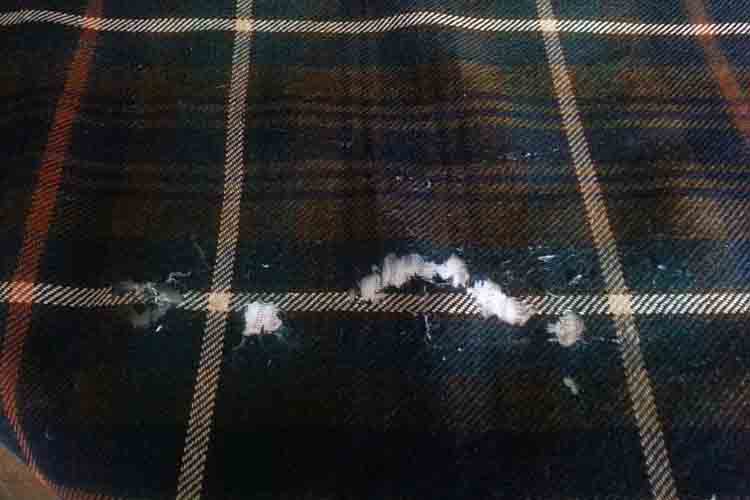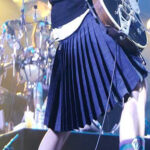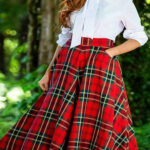Because your kilt is an investment, you’ll want to maintain it looking good for as long as possible. Your kilt can last a lifetime if properly cared for (or even two).
What is the best method to look after your kilt? Kilt Blog has the capacity to hold hundreds of kilts at once, so it’s safe to assume we’re professionals in the field. Here are some of our best recommendations.
Storing Your Kilt
Always air out your kilt properly before storing it. It’s best to do it outside on a bright day.
If that isn’t possible, hang your kilt in the shower room (but not IN the shower) to absorb the steam. Before storing your kilt, make sure it is completely dry.
If you plan on storing your kilt for an extended period of time, we recommend investing in a high-quality hanger that secures the entire top of your kilt. Our Steel Kilt Hanger will suffice for short-term storage. Always clip the front and rear of your kilt together to prevent drooping.
Finally, wool likes to breathe, so leave plenty of room in your closet for your custom-made kilt. For added protection, pick yourself a Kilt Carrier and Roll Set.
Cleaning Your Kilt
Accidents happen. If you spill something on your kilt, blot it with a clean, wet, lint-free towel rather than rubbing it.
If it doesn’t work, your alternatives are limited by the sort of kilt you own.
Kilt Essentials
Fortunately, our Essentials kilts are machine washable. Wash using a liquid product at 30° (it saves you money and energy). To reduce creases, use a short spin on the synthetic cycle. To avoid damage from the buckle, secure your straps before placing your kilt in the washing machine.
To avoid ironing, hang your kilt to dry on a kilt hanger once it’s finished.
Custom Made Kilt
Because wool is naturally resistant to filth and wear, your custom-made kilt will only require minor maintenance. It’s preferable to hire a professional cleaner if you can’t cure a spill by dabbing. Choose a cleaner who knows what they’re doing.
You may also lightly brush your bespoke kilt downwards with a soft clothes brush to keep it clear of lint and dust.
Getting Your Kilt Ironed
A kilt virtually never needs to be ironed. Any light creases should disappear after a few days, especially if the garment was hung in a moist environment.
Here’s how to iron your kilt if you think it needs it.
On the reverse side of the fabric, make sure you use a cool iron. Make sure the pleats are aligned and don’t tumble off the ironing board. Consider asking the assistance of a friend to keep your pleats in place.
KILT MADE TO ORDER
Set your iron to steam and iron the kilt’s apron with the underside facing you on the ironing board. To protect the fabric, place an ironing cloth over it and lightly press the iron on the cloth. Set the iron on the fabric, lift it, and place it on the next piece instead of ironing back and forth.
Wool should never be ironed on the right side since it can create shining streaks.
Pleats in your bespoke kilt rarely need to be pressed. To steam your pleats, we recommend waiting until your kilt has been properly cleaned.
GETTING YOUR KILT AROUND
If you’re temporarily transporting your kilt by automobile, hang it from the suit hook in a protective carrier.
Last modified: February 9, 2022




